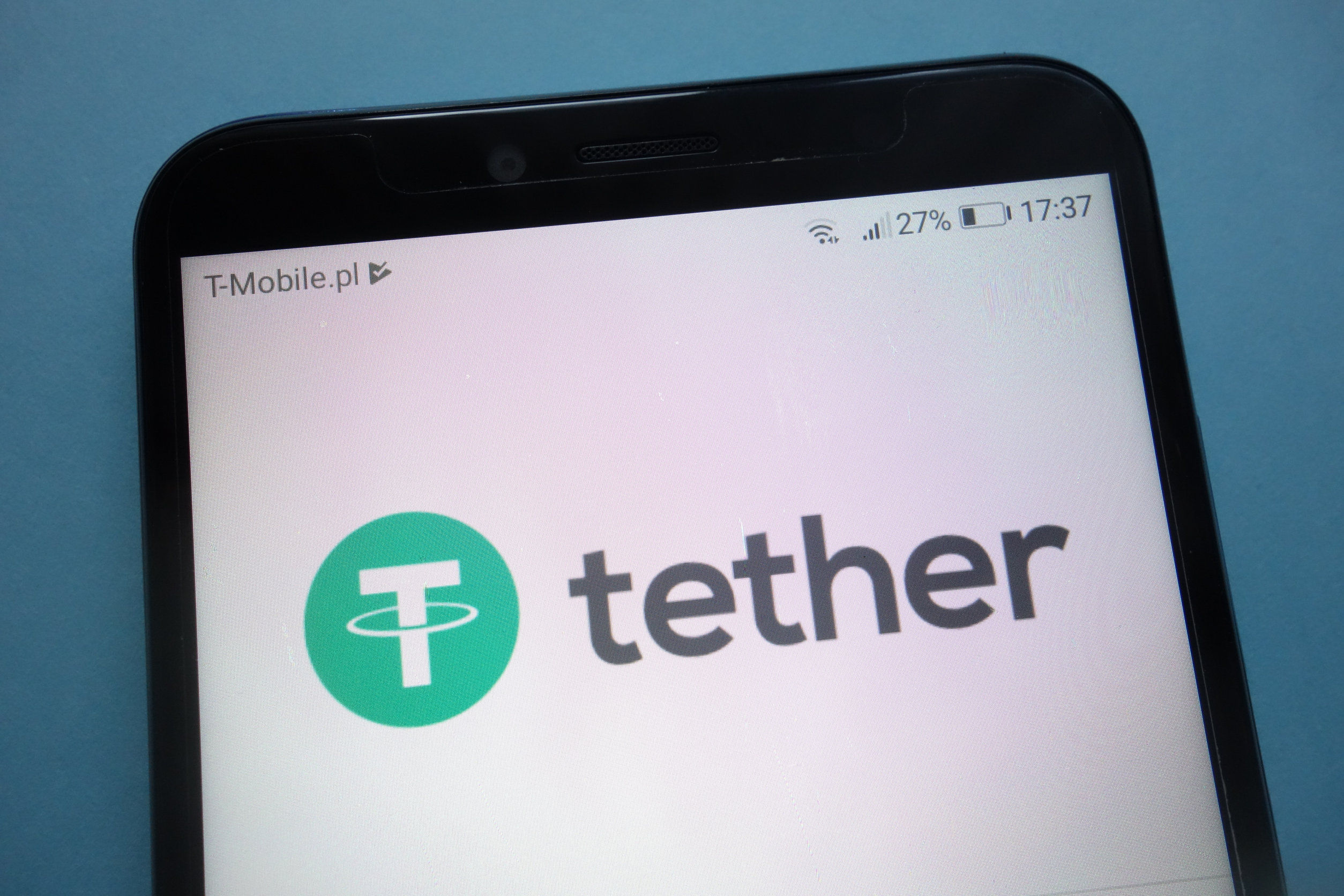- Community lashed out at "censorship-based" approach
- MEV bot operations are often seen as a type of invisible tax
Tether, the issuer of USDT, has blacklisted the address that drained Maximal Extractable Value (MEV) bots for $25 million last week. The address took advantage of a bug in the MEV-boost relay and beat the bots that were attempting to carry out a sandwich trade, CoinTelegraph reported.
In sandwiching, one order is placed right before the trade and another right after it. The trader front-runs and back-runs at the same time, with the original pending transaction stuck in the middle.
Biggest MEV bot exploit to date
In this case, the offending validator address intervened to back-run the MEV’s transaction, leading to a loss of almost $25 million in different digital assets, not $20 million as originally reported. This makes it the biggest MEV exploit to date.
The address was flagged by Etherscan as a warning of its involvement in the exploit. At the time when the USDT address was blacklisted, it held $21 million in various ERC-20 tokens and around $3 million in USDT.
Community concern over blacklisting
The blacklisting of the validator address caused a backlash, with many experts criticizing the censorship-rooted approach. Opponents argue that MEV bots also take advantage of users and the sandwich trade they were trying to carry out would have been just as bad as the exploit.
A dangerous precedent
According to a pseudonymous blockchain investigator, Tether’s blacklisting might be due to a court order. Polygon cofounder Jaynti Kanani finds that Tether set a dangerous precedent with its actions.
The blacklisting has also been referred to as the “most concerning DeFi development of the year.” The main problem seems to be Tether’s willingness to block or provide access to large sums depending on activity in the Beacon Chain, which is the consensus layer.
No more invisible taxes?
MEV bot operations are often seen as a type of invisible tax. 27 Ethereum-based projects partnered to launch the MEV Blocker, whose goal is to reduce how much value is extracted from traders.












